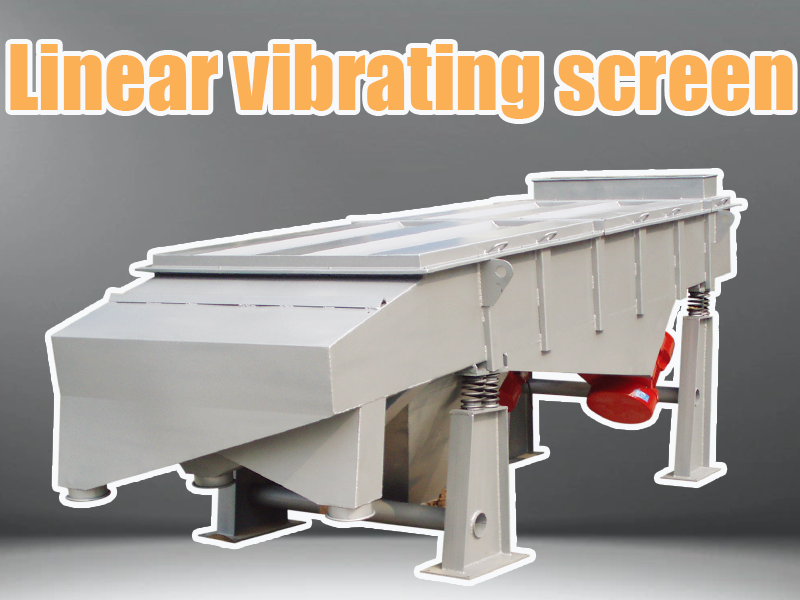In the field of metallurgical processing, the efficient recovery and reuse of by-products such as steel slag are becoming increasingly important for sustainable development. Steel slag, a by-product of steelmaking, is rich in valuable minerals and materials that can be repurposed for construction aggregates, road bases, and cement production. However, due to its irregular shape, density variation, and abrasive nature, screening steel slag requires robust and high-performance equipment.

The linear vibrating screen has emerged as one of the most effective and reliable solutions for processing steel slag. In this article, we explore the structural features, working principles, production capabilities, and significant advantages of the linear vibrating screen when used in steel slag screening applications.
- Understanding Linear Vibrating Screen Technology
The linear vibrating screen operates based on the principle of dual motor vibration. Two vibratory motors, mounted in parallel on either side of the screen body, generate a synchronized linear motion. This motion propels the material in a straight path across the screen surface, allowing for consistent stratification and efficient separation.
Key design elements include:
- A rectangular screen frame for extended screening surface
- Replaceable screen decks with customizable mesh sizes
- Vibrating motors with adjustable amplitude and frequency
- Damping springs to isolate vibrations and reduce noise
- Why Steel Slag Requires Specialized Screening
Steel slag consists of hard, dense, and abrasive particles formed during the separation of molten steel from impurities. The particle sizes typically range from fine powder to large chunks (10 mm to 100 mm or more), and its high iron content makes it heavier than ordinary aggregates.
Challenges in screening steel slag include:
- Irregular and flaky particle shapes
- High abrasiveness that wears down conventional screen decks
- Dust and noise pollution
- High throughput demand in steel mills and recycling plants
To meet these challenges, the linear vibrating screen provides a highly durable and efficient solution.
- Key Advantages of Linear Vibrating Screen for Steel Slag
A. High Screening Efficiency
The linear motion ensures that materials are evenly distributed across the screen surface. The continuous forward motion reduces material accumulation and increases exposure time to the mesh, improving the overall screening efficiency. In steel slag screening, this translates to more accurate separation of usable particles from fines or oversized chunks.
B. Robust Structure and Wear Resistance
Constructed with heavy-duty carbon steel or stainless steel frames, linear vibrating screens used for steel slag are equipped with abrasion-resistant screen plates and side plates. Some models also feature polyurethane or rubber-coated screen surfaces, which extend service life and minimize downtime due to frequent maintenance.
C. Adjustable Amplitude and Frequency
Operators can adjust vibration frequency and amplitude based on the nature of the slag being processed. Finer slag requires higher frequencies for better classification, while larger particles benefit from more vigorous motion.
D. Multi-Deck Capability
A single machine can be equipped with up to 3–4 layers of screening decks. This enables the machine to separate materials into multiple size fractions in a single pass, such as 0–5 mm, 5–20 mm, and 20–50 mm.
E. Environmentally Friendly Operation
The linear vibrating screen offers enclosed operation options, reducing dust and noise emissions. Optional covers, water misting systems, and dust extraction points can be added to meet environmental standards in steel processing facilities.
- Production Capacity and Output
The output capacity of a linear vibrating screen used for steel slag depends on several factors: screen size, mesh opening, motor power, and feed material characteristics.

